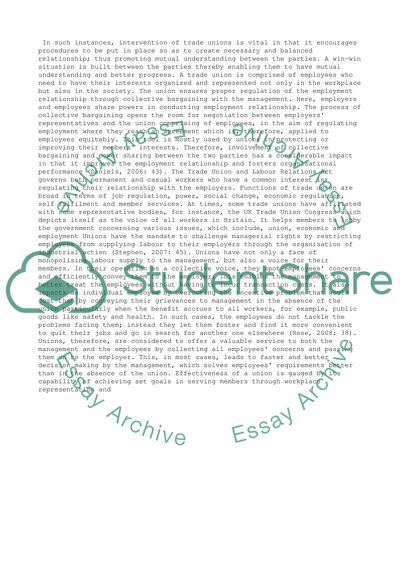Cite this document
(“EMPLOYEE RELATIONS Essay Example | Topics and Well Written Essays - 1250 words”, n.d.)
Retrieved from https://studentshare.org/management/1460916-employee-relations
Retrieved from https://studentshare.org/management/1460916-employee-relations
(EMPLOYEE RELATIONS Essay Example | Topics and Well Written Essays - 1250 Words)
https://studentshare.org/management/1460916-employee-relations.
https://studentshare.org/management/1460916-employee-relations.
“EMPLOYEE RELATIONS Essay Example | Topics and Well Written Essays - 1250 Words”, n.d. https://studentshare.org/management/1460916-employee-relations.


